chameleonking
New Member
Hi all, I hope I'm posting this question to the right forum. It seems that practising MMJ co-ops might have experince with this. I've just read a research paper about a cannabidiol named Adjulemic acid, a.k.a. ip-751, a.k.a. CT-3. It's supposed to be great for arthritis pain relief. Does anyone know which strain is highest in Adjulemic acid? If not, can you direct me to anyone who has done research on the most potent pain relieving strains of MJ? Thank you for your time, patience & consideration. 





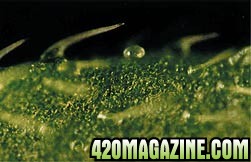
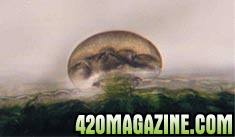
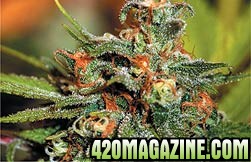
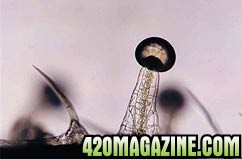
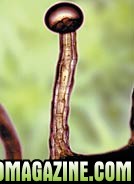
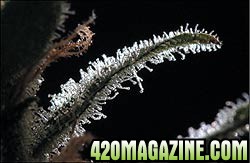


 45 GMT
45 GMT